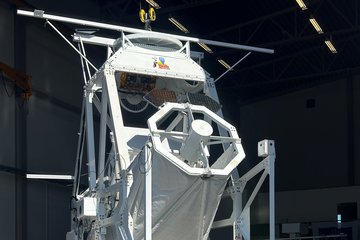All genres
1.
Journal Article
Spatial and temporal dependence of the convective electric field in Saturn's inner magnetosphere. Icarus 229, pp. 57 - 70 (2014)
2.
Journal Article
Numerical simulation of energetic electron microsignature drifts at Saturn: Methods and applications. Icarus 226 (2), pp. 1595 - 1611 (2013)
3.
Journal Article
A noon-to-midnight electric field and nightside dynamics in Saturns inner magnetosphere, using microsignature observations. Icarus 220, pp. 503 - 513 (2012)
4.
Journal Article
Saturn's inner magnetospheric convection pattern: Further evidence. Journal Geophysical Research 117, A09208 (2012)
5.
Talk
Quasi-Periodic injections of relativistic electrons in Saturn's magnetosphere. European Planetary Science Congress EPSC, Cascais, Portugal (2014)
6.
Thesis - PhD
Energetic charged particle kinematics in Saturn's inner magnetosphere. Dissertation, Techn. Univ. Carolo-Wilhelmina, Braunschweig (2014)











